If tourism is a fast growing sector, sports tourism is even more so. Today sports tourism represents about 10% of the total tourist flows and in some countries this percentage grows very much faster such as that in Australia, for example, where it exceeds 50%.
The countries most affected by this phenomenon are the western countries where sport is practiced by a large proportion of the population, where sporting traditions are linked to recognized events and sports infrastructures are suitable for hosting foreign sportsmen (and horses) with their particular needs.
The data on tourism, in our opinion, is strongly underestimated because it does not take into account all the movements of families during the phase of supporting the sport played by their children. They are mostly short-distance trips, but their potential for promotion and territorial development is not less, especially for visits to small towns.
There is no single definition of sports tourism because there are different ways of combining travel and sport: you can be a practitioner of a discipline, parents and friends of sportsmen, but also fans of big events or fans of a certain team (no matter what sport).
To be part of these rankings you can therefore be players of a sport (doing active or passive sports), or spectators, family or friends.
Sporting activity is also linked to our well-being, so a motivation to travel can simply be the desire to do a physical activity to increase one's well-being or the desire to experience a special contact with nature in the many sports related to nature – to open air.
Some sports organisations are then in direct contact with playing the game (for children and adults) such as the case of FIGEST - Italian Federation of Traditional Games and Sports, a federation affiliated to CONI which proposes historical disciplines. Their events often take place at festivals, historical re-enactments or at popular events. In some towns, therefore, by their very nature they are directly linked to the promotion of the local territories.
Special attention must also be paid to accessibility and accommodation for disabled athletes and tourists due to the increasing attention paid to these athletes whose number of practitioners is increasing sharply. This form of tourism has seen a 20% growth in the last 3 years.
Experiential sports tourism
Sports tourism is perhaps the essence and the first form of what today is called 'experiential tourism'. By its very nature a sporting event represents an experience whether you live it as an athlete or as a spectator.
For this reason, in the transformation of a territory as a tourist destination, its association with one or more sports disciplines takes on strategic importance. Nowadays the association is one in which at the centre there is a sport that must be experienced as a particular aspect of knowledge of a territory.
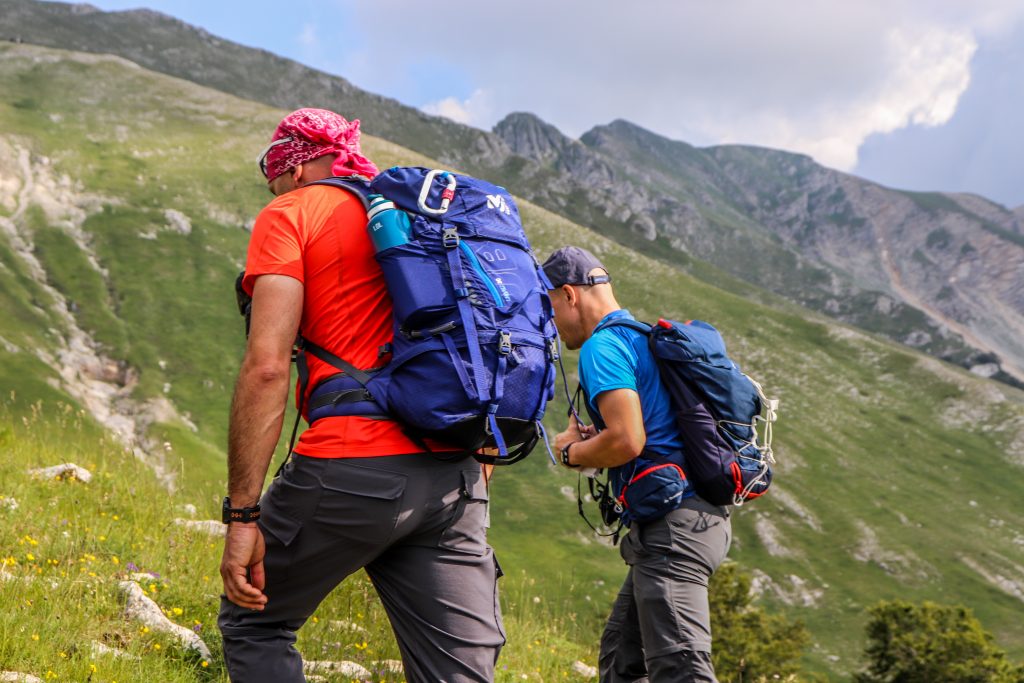
It is an unusual perspective, but no less effective, of discovering a certain area through a magnifying glass that uses a particular filter – the sport.
The sports experience must then be intelligently combined with the experience of discovering the territory, its tangible and intangible heritage.
In this way, from an opportunity for "sports travel" different forms of tourism of other types can be born thanks to the incredible power of the territorial reputation gained with a suitable strategy.
The great advantage of sports tourism is that you can repeat the travel experience by going to the same place but experiencing different emotions every time, associated with the sport. This fact represents a determining factor and an incredible potential for the development of tourism in a territory.
For a territory, therefore, sports tourism is not confined to a small 'season' and it is possible to practice many sports most of the year. This is why sports tourism is a de-seasoned offer able to provide options over a much wider area.
Attention: these experiential tourists mainly move thanks to the web and the social networks for which the territories must be promoted by planning a strategic communication action, each as an individual case.
Data on sports tourism: the case of runners and cyclists
According to Istat, in Italy about a third of the population practices a sport, and of these about 25% practice it regularly, while 10% do it occasionally. So there are 20 million ‘athletes’ to which are added 15 million people who claim to do some physical activity.
We can all have a clear perception of these numbers by walking through the paths of large parks crowded more and more with walkers, runners and above all bicycle lovers.
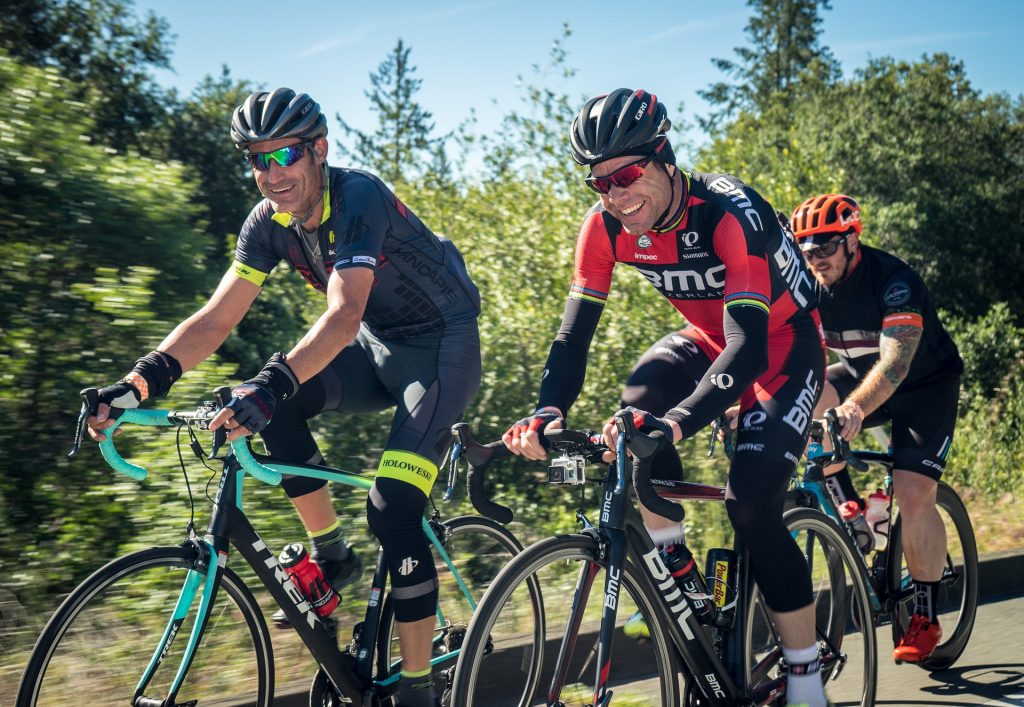
We specifically mentioned the bicycle because together with other outdoor sports such as marathons and golf it stimulates the practitioner to discover other territories even in distant towns. And in fact the word ‘cyclotourism’ has been conjugated for this biking sector that is in very strong expansion and has no limits linked to the age of the practitioners.
If lovers of running are attracted by the organization of marathons or competitions, bicycle lovers ride in search of new places and landscapes to discover to absorb into their life experiences.
The more ‘tourist conscious’ traditional marathons began within the urban fabric of large capitals: just take the name of New York to understand its evocative potential made up of history, stories, films, and direct experiences of friends. Today the examples have also moved to the discovery of territories such as the Eco-Ultramarathon event and the Scorrendoconilliri Marathon, an event that runs along the valley where the Liri river flows between Abruzzo and Ciociaria (lower Lazio).
This is an event that in its sporting and cultural activities has even received the patronage of UNESCO and which today has twinned with that of Terni for its affinity due to the two waterfalls, that of Isola del Liri and that of Marmore. Its twinning has now reached Naples, Venice, Prague and many other cities united by their bond with water.
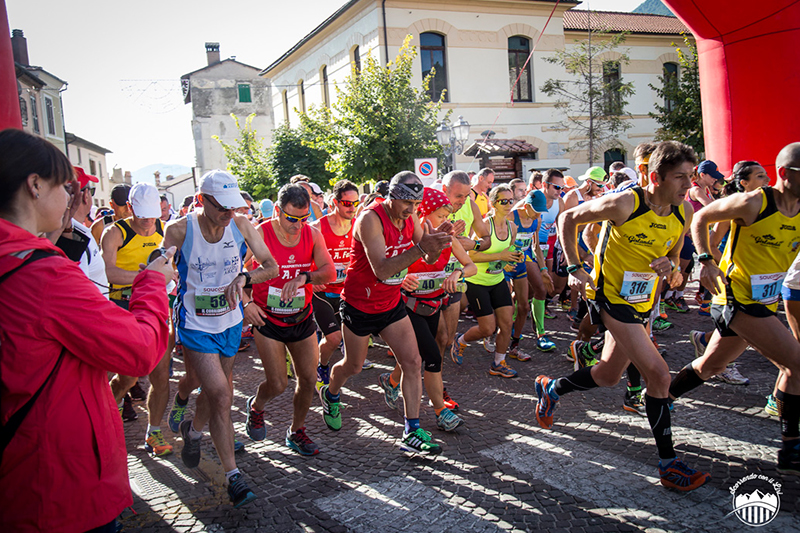
In the world of bicycles, the great "gran fondo" competitions have their own particular charm, such as the Gran Fondo Campagnolo in Rome, the Dolomites, Chianti, the Nove Colli in Romagna and the Eroica on the white (not sealed) roads of Chianti.
It is interesting to analyse their impact on tourism thanks to data from a research conducted by the University of Bologna, Rimini Campus, in 2016 on the impact of a 9th edition of the Colli. The research revealed a recovery of 21 million euros in the territory, certainly a very interesting figure to which no one can remain indifferent.
A significant sample of the 12,000 participants from whom this data emerged was interviewed: 33% slept 2 nights in the area and 30% slept 3 nights. 67% travelled with friends and relatives, increasing the number of tourists arriving in the area and the impact on all the accommodation establishments in the area. Others have travelled with sports organizations and only 7% said they travel alone.
To give just another perspective to the importance of cycling, and of the sport linked to cycling in general, in the promotion and development of tourism in a territory, think of the Tour of Italy, the Tour de France or the Vuelta (Spain).
The mayors of each town compete to make the competition pass through their territory to bring it to the forefront of millions of spectators. A passage on television or on the App can be worth millions of Euros thanks to the audience of enthusiasts who follow it from all over the world. And these sporting events are increasingly connected to television programs linked to the discovery of tourist areas.
Not just big events: the case of the Horse Museum Collection
One of the major events in the case of equestrian sports is the circuit of competitions that take place in big cities. One of the most famous is that of Piazza di Siena in Rome, named after a square in the centre of the great Villa Borghese.
The event is a week-long international show jumping competition that attracts the most famous riders from all over the world. It is organized by the FISE - International Equestrian Sports Federation and CONI, the national Olympic committee.
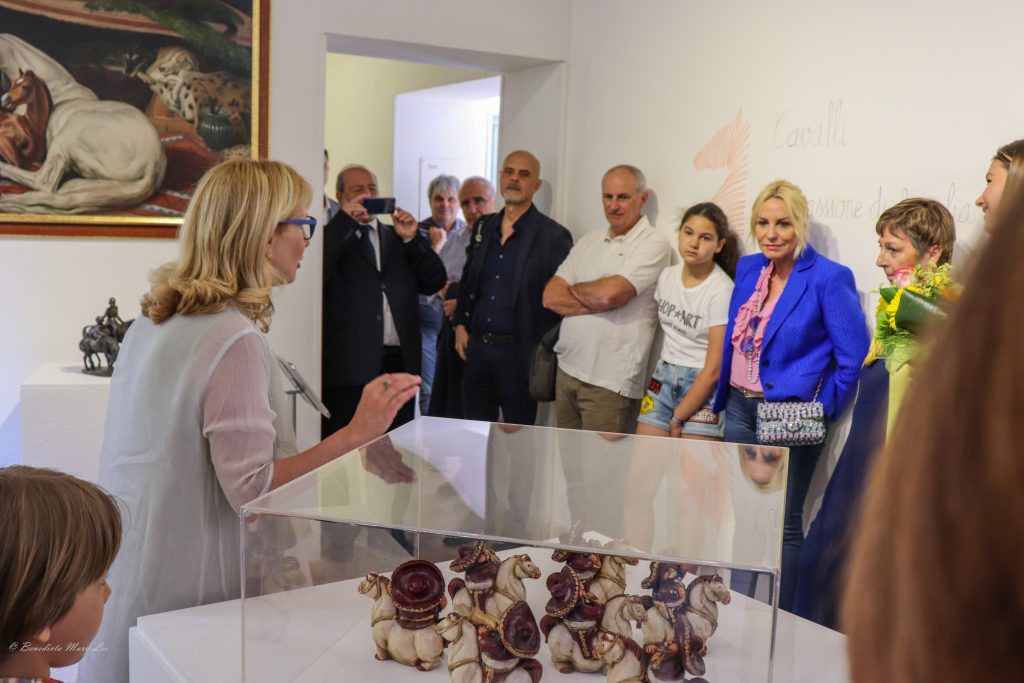
A small publishing house, Discoverplaces.travel, founded by horse lovers, managed to organize an exhibition on 'art and sport' within the Casina Raffaello, a cultural centre of the municipality of Rome that dominates Piazza di Siena.
The exhibition displayed a hundred pieces from the collection and was a didactic path connected to the knowledge of sport but also to the relationship between man and horse that has characterized human history and its evolution before the arrival of machines.
On this occasion a book was printed and the exhibition was accompanied by educational workshops for children which continued for two months after the end of the sports competition.
The publishing house is now specializing in ‘Art and Sport’ and has made a series of ceramic rugby balls painted by artists, which are now in the Artena Rugby Museum.
The next exhibition will be in the centre of Naples in a series of events that will once again combine a cultural vision of sport, in particular horse racing in the Bourbon Kingdom and the Papal State.
Looking at sport from another perspective, therefore, can open international collaborations and unimaginable perspectives.
The Culture of Sport: the case of Artena and the Rugby Museum "Mud and Sweat"
One might think that for 'passive' tourism, the maximum of tourist attractiveness is found at the great events that attract thousands or millions of spectators.
Olympics, international soccer, tennis or other sports tournaments, Six Nations Rugby, Ryder Cup and others are all events that attract so many people that cities make themselves beautiful to host them. The case of the London Olympics was emblematic because the city won the competition with a project of urban regeneration in which it redeveloped one of its depressed areas.
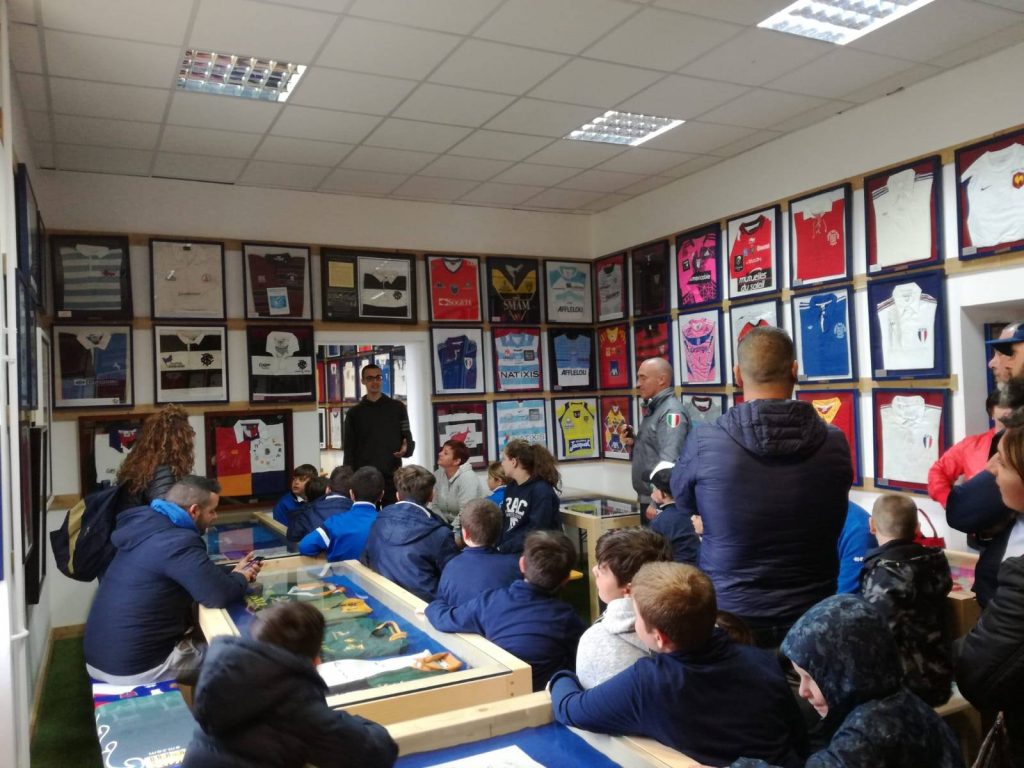
These are events that concentrate attention in a few days but that have a communication effect that lasts for years and at the end of the events the cities or territories have a series of new infrastructure of considerable magnitude that can allow the organization of other sporting or cultural events.
But there are cases in which the culture of sport can have even more surprising effects and linked directly to tourism even in small towns. Such is the case of the Mud and Sweat Rugby Museum of Artena which today has been officially recognized by the FIR - Italian Rugby Federation.
The museum holds a collection of memorabilia related to this sport and above all of jerseys worn by players during some important games. Over 15,000 memorabilia are displayed in the halls of an ancient palace in the historic centre of Artena, a village, perched on a mountain side, that is the largest pedestrian only area in Europe.
The museum is one of the largest in the world in this sector and is now visited by sportsmen and enthusiasts from all over the world: from Argentina to Ireland, from New Zealand to South Africa.
The museum is structured so as to be able to organize subsidised events and dinners in its rooms. Enthusiasts can spend an evening in the company of the jerseys of their champions and have a unique experience that enhances their passion.
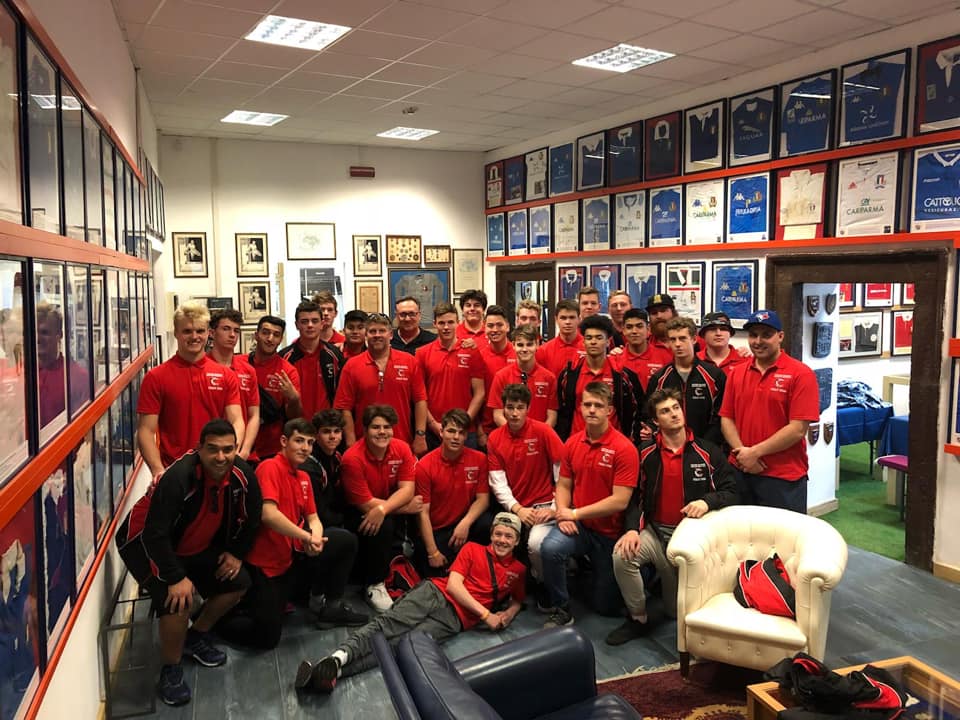
This has led to the fact that many visitors stay at least one night in this village and the museum has become a source of true Urban Regeneration of the village of Artena. Sportsmen often arrive by bus and in this way fill all the accommodation facilities in the area.
Furthermore, now the Foundation that runs the museum has taken responsibility for a sports field and offers free courses to children. Thanks to their international ties, the foundation has created partnerships with schools from all over Italy and children with their families come to do a rugby internship and to visit the museum.
The case of Artena is certainly unique, but this does not mean that it is not replicable. There is no need to open a museum, which requires years of research and very high investments of time and money, to activate new tourist flows linking sport and tourism, but it is necessary to look at sport from a different perspective. Only then can surprises be found that can change the perspective of the tourist attractiveness of a certain area.
Conclusions
Bringing sports and territories together can lead to a real revolution thanks to the amount of sports tourism that can be activated. This change can come as an occasional surprise or be the result of strategic planning born of a vision and a tactic well pursued.
Doing territorial promotion linked to sport requires specific skills but when sown it will give both immediate benefits and harvested fruits that continue over time every year. The data confirms that when a well-planned action is taken, there are strong benefits for local communities, even for small businesses.
The real secret is to take into account the unique experience that must be offered to tourists and a general view of the concept of wellness. In terms of communication, the difference is given by the reputation of the territory that comes from a capillary action on local operators and on the strategic lines of communication.
For further information on this article and to learn about other cases of territorial marketing success, you can contact the discoverplaces.travel group which has been active for some years in the strategic promotion of territories and operators.
Write to








Follow us